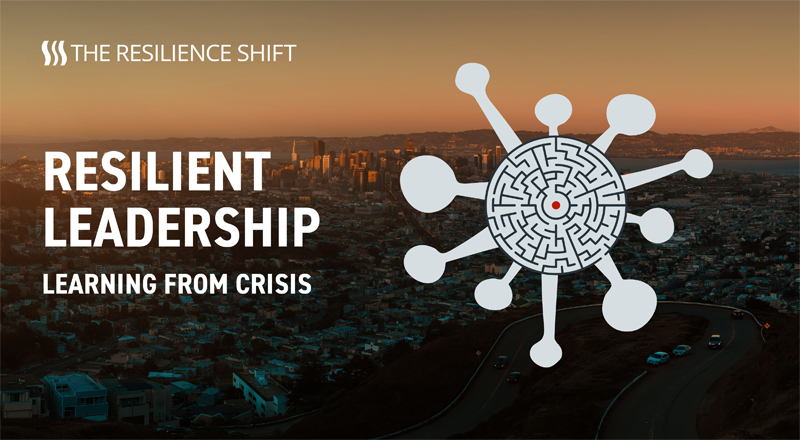We live in a world of constant change and the Novel Coronavirus (COVID-19) has disrupted year 2020 in a much different way and it is beyond imagination, From restaurant closures and public transportation cancellations, to wide-sweeping remote work policies, and supply chain interruptions due to irregular supply and demand. Businesses, governments, and citizens alike are learning to adjust to a “new normal” and I expect might last up end of this year. In this uncertain environment, one thing remains true: Leadership and strong management can alleviate fear and build confidence.
Financial disasters like the 2001 dot-com crash and the Great Recession in 2008 clobbered many other businesses, while we doubled-down and came out stronger than before. Healthcare emergencies, like Bird Flu in 2005 and 2006, Swine Flu in 2009, and even Zika in 2016, showed us the importance of digitizing the workplace.
COVID-19 is a new kind of crisis and there are four things happening simultaneously: a global pandemic, a slowing global economy, supply chain challenges, and the speed of responses that is required from governments and businesses. The complexity of these challenges – and the rate in which they are happening – is completely unique because our world is more connected than it has ever been before, due to 5G, IoT (the Internet of Things), and AI.
Today, digital transformation is creating countless possibilities in a world that is hyper-connected and increasingly distributed but when things do go wrong, enterprises spend billions of dollars and thousands of man-hours manually searching and extracting critical business data locked away in their contracts.
At the same time, there is hidden risk while we are moving in a fast way towards digitisation and lack of resources resulted ransomware attacks are getting bigger and bolder .Ransomware is one of the biggest security problems on the internet and one of the biggest forms of cybercrime that organisations face today. Victims can often be left with few choices; they can either regain access to their encrypted network by paying a ransom to the criminals behind the ransomware, or restore from backups or hope that there is a decryption key freely available. Cyber criminals looked to spread their file-encrypting malware while many people are working from home and they are increasingly targeting businesses with ransomware instead of consumers for a bigger payout .
A report says, cybercriminals are searching for higher returns on their investment by encrypting sensitive proprietary data on any number of endpoints allows cybercriminals to put forth much larger ransom demands while gaining an exponentially higher chance of getting paid and the Phishing campaigns often attempt to evade detection not only by impersonating well-known companies and brands but by storing their malicious content on a legitimate website.





